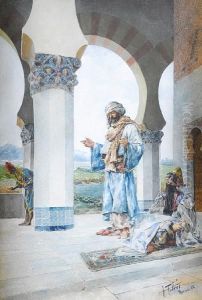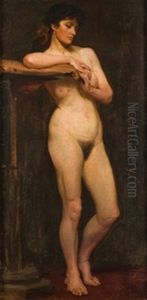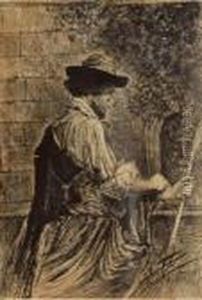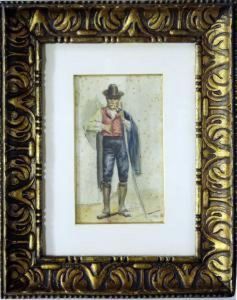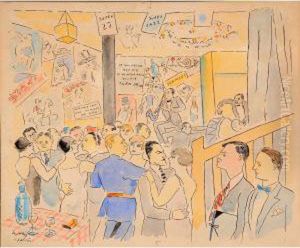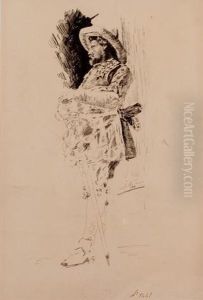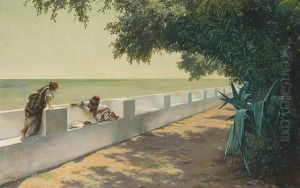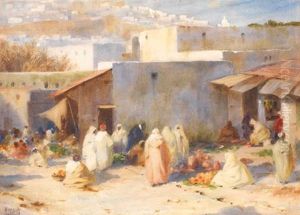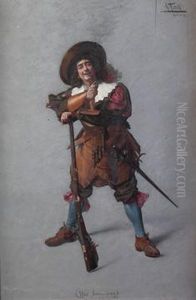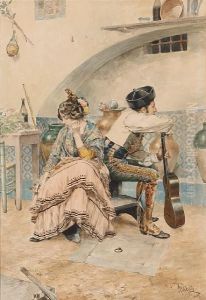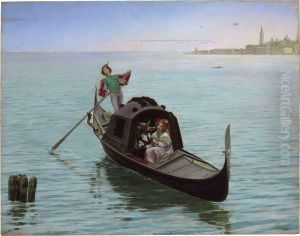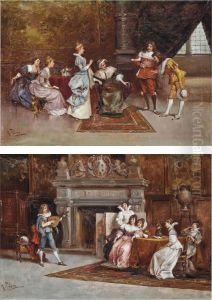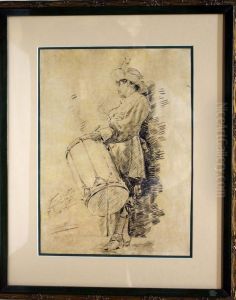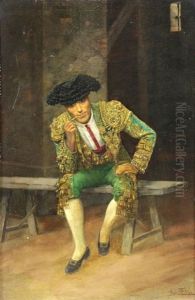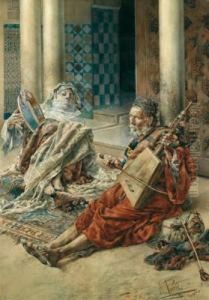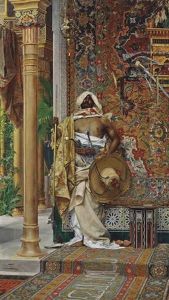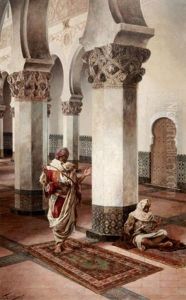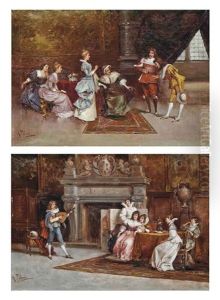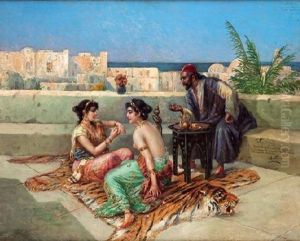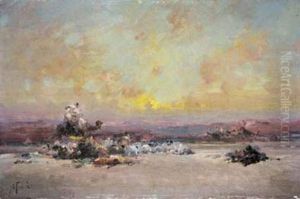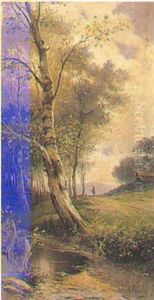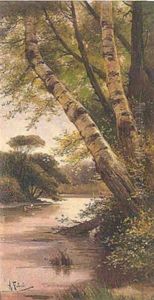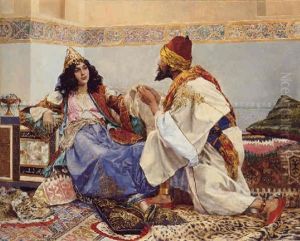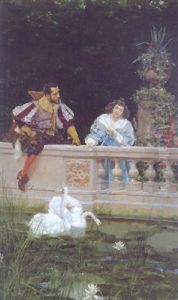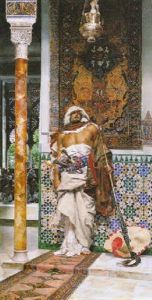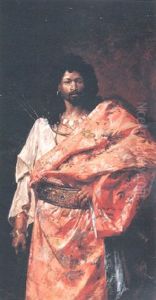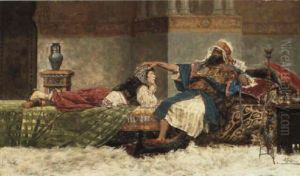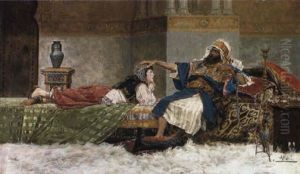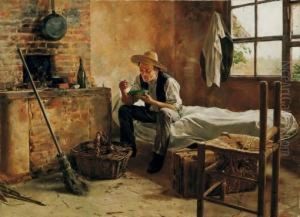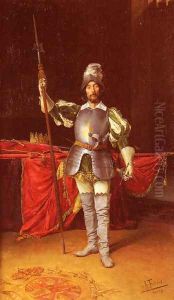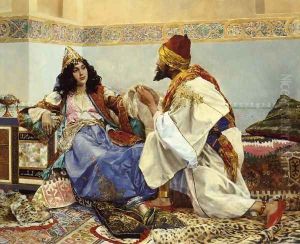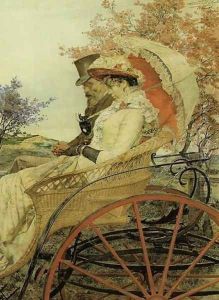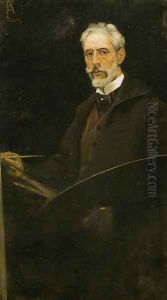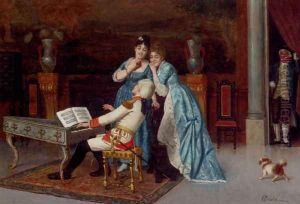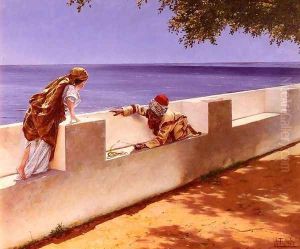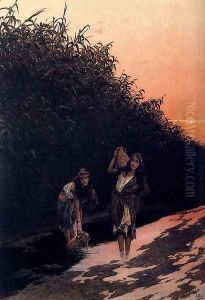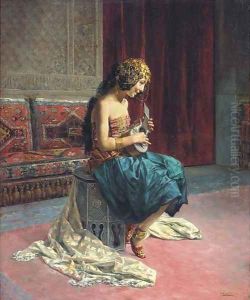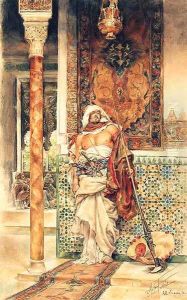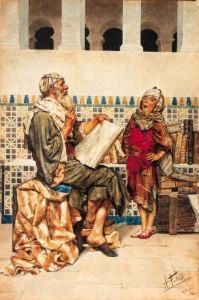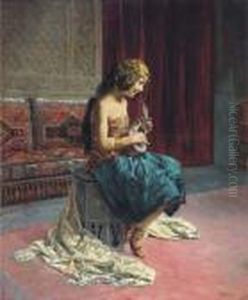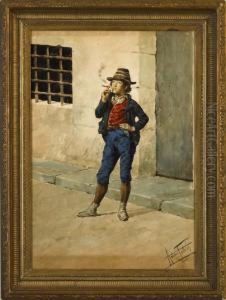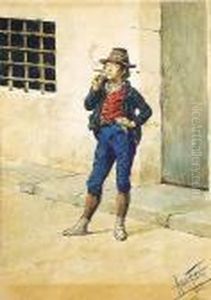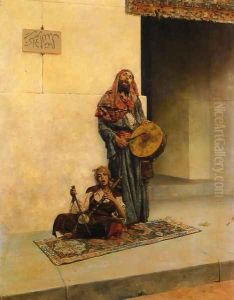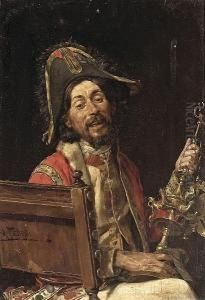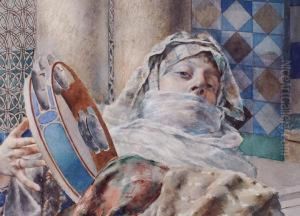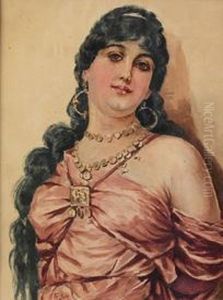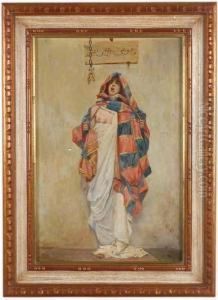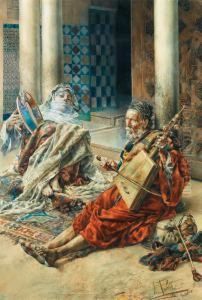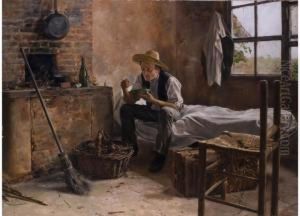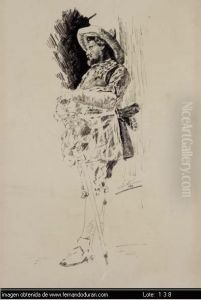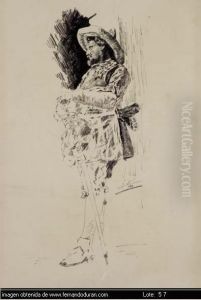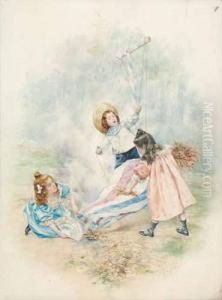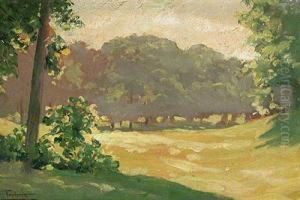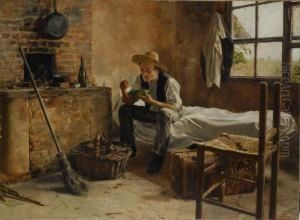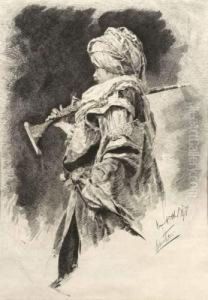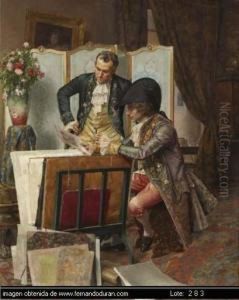Antonio Maria Fabres Y Costa Paintings
Antonio Maria Fabres y Costa was a Spanish painter born on December 4, 1854, in Barcelona, Catalonia. He is known for his Orientalist subjects and detailed portrayal of exotic figures, typical of the late 19th-century European fascination with the Middle East and North Africa. Fabres received his artistic training at the Escuela de Bellas Artes de San Jorge in Barcelona and later at the Madrid Royal Academy of Fine Arts of San Fernando.
During his early career, Fabres traveled extensively, which greatly influenced his work. He visited Morocco, Egypt, and Turkey, where he immersed himself in the local cultures and landscapes. These experiences provided him with a wealth of subject matter that became central to his artistic output.
In 1881, Fabres moved to Rome, which was a hub for artists at the time. His stay in Italy allowed him to study the works of the Renaissance masters, which had a lasting impact on his technique and use of color. Despite his travels, Fabres remained deeply connected to his Spanish heritage, which is evident in some of his works that reflect Spanish themes.
Fabres' paintings were well-received, and he gained recognition in both Europe and the United States. His works were exhibited in Paris at the Salon, as well as in other prominent exhibitions of the era. The detailed realism and vibrant colors of his paintings appealed to the tastes of art collectors, and his depictions of Middle Eastern life contributed to the Orientalist trend in European art.
Throughout his career, Fabres evolved his style, showing a remarkable ability to adapt and reinvent his approach to painting. This adaptability helped him maintain a degree of popularity even as artistic tastes changed with the advent of modernism.
Antonio Maria Fabres y Costa passed away on May 16, 1938, in Rome. His legacy is that of a skilled painter who captured the allure of the Orient as seen through Western eyes, contributing to the rich tapestry of Orientalist art. Although he may not be as widely known today as some of his contemporaries, his works remain a testament to his technical skill and the cultural curiosities of his time.
